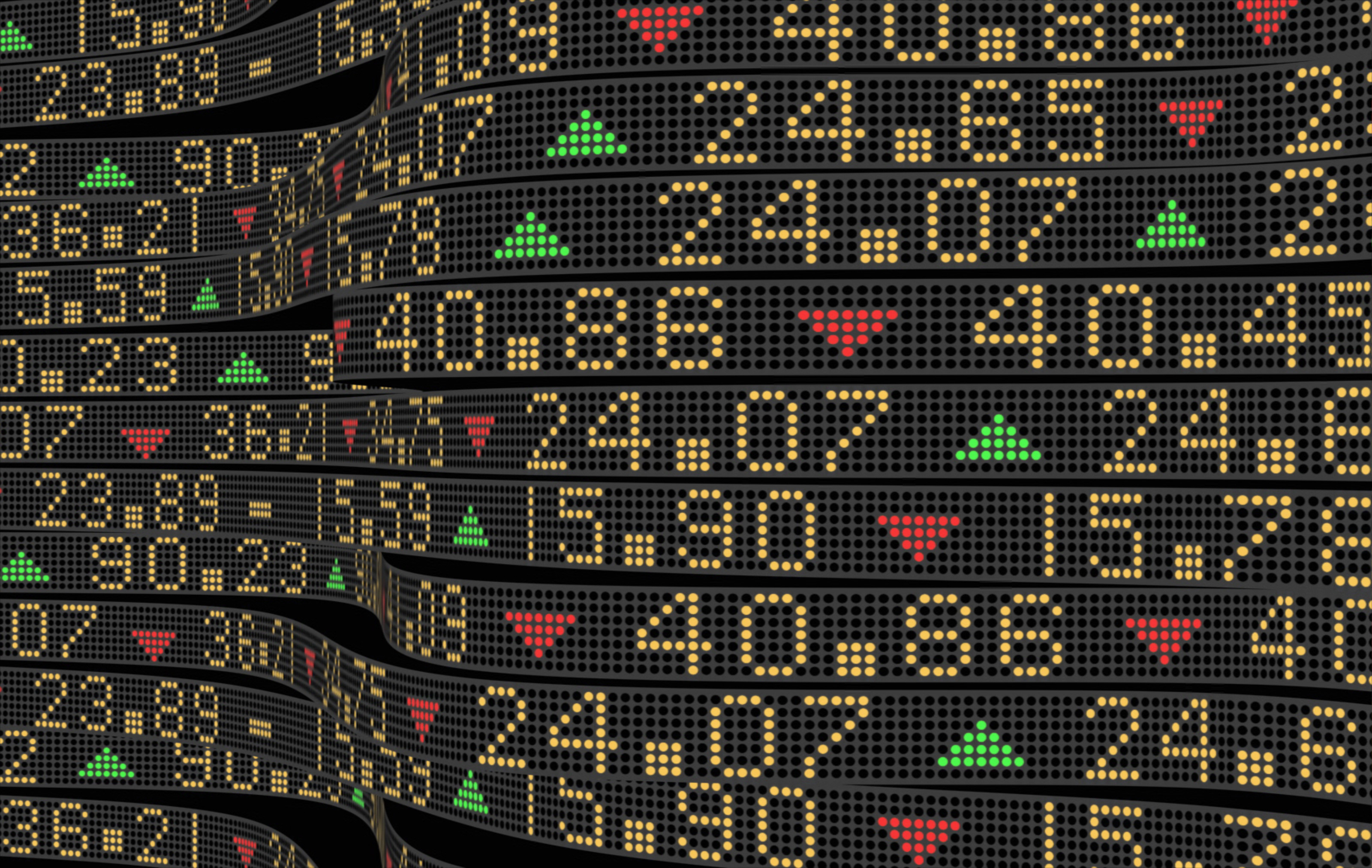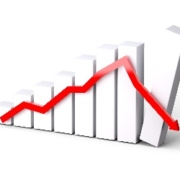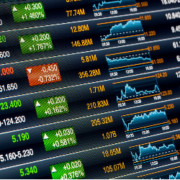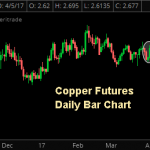Bond Market Problems (That May Become Stock Market Problems), April 5, 2017
This is an excerpt from today’s Sevens Report—everything you need to know about the markets in your inbox by 7am, in 7 minutes or less.
One of the reasons I watch all asset classes so closely is because I’ve learned that other sectors often will confirm (or not confirm) a move in the stock market. Right now we are getting a pretty notable non-confirmation from the bond market.
 Specifically, when stocks rally I like to see: 1) Bond yields rising, which reflects investors expecting greater economic growth and inflation (two stock positive events). 2) A steepening yield curve, which also reflects rising inflation expectations and increased demand for money via loans (something that has been sorely missing from this recovery). 3) I like to see “riskier” parts of the bond market, specifically junk bonds, rising (or at least holding flat) as investors show confidence in corporate America by lending money to riskier companies in search of greater yield (it’s an anecdotal risk-on signal).
Specifically, when stocks rally I like to see: 1) Bond yields rising, which reflects investors expecting greater economic growth and inflation (two stock positive events). 2) A steepening yield curve, which also reflects rising inflation expectations and increased demand for money via loans (something that has been sorely missing from this recovery). 3) I like to see “riskier” parts of the bond market, specifically junk bonds, rising (or at least holding flat) as investors show confidence in corporate America by lending money to riskier companies in search of greater yield (it’s an anecdotal risk-on signal).
Throughout Q4 2016, that’s exactly what we got. First, the yield on the 10-year Treasury rose from 1.54% in late September, to 2.40% at year end. Second, the yield curve steepened as the 10’s-2’s spread rose from 0.81% on Sept. 29 to 1.25% on Dec. 30. Finally, junk bonds were broadly flat during that period (although with notable volatility).
Since the start of 2017, the opposite has occurred. The 10 year started at 2.44% but now is sitting at 2.35%. The 10’s-2’s spread has decreased from 1.23% on Jan. 1 to 1.11% on Monday (the low for the year). Finally, junk bonds rallied through March with stocks, but have since given back some of those gains. If JNK (the junk bond ETF) breaks $36.19 that will be the first “lower low” of 2017, and a negative technical signal.
Point being, the bond market is reflecting an outlook that is comprised of slower growth, less inflation, and more general concern—which is almost the exact opposite of what we’re seeing in stocks right now.
To be clear, this non-confirmation isn’t a guaranteed death sentence for a stock rally. Bond markets gave non-confirmation signals consistently in 2015 when Europe was on the verge of deflation because of the flood of European money into Treasuries, which sent bonds higher and yields lower despite a stock rally. But, that’s not happening now.
So, the “gaps” in this environment are growing in size and number. The gap between political expectations and likely reality regarding tax cuts is as wide as it’s even been. The gap between hard and soft economic data continues to widen as sentiment indicators continue to surge. Now, the gap between bond market direction and stock market direction is widening.
Bottom line, the trend in stocks remains higher, but there are cracks appearing in the proverbial ledge stocks are standing on, and we better get some positive catalysts soon, otherwise we are in danger of a real pullback.
Help your clients outperform markets with a free two-week trial of the Sevens Report.








